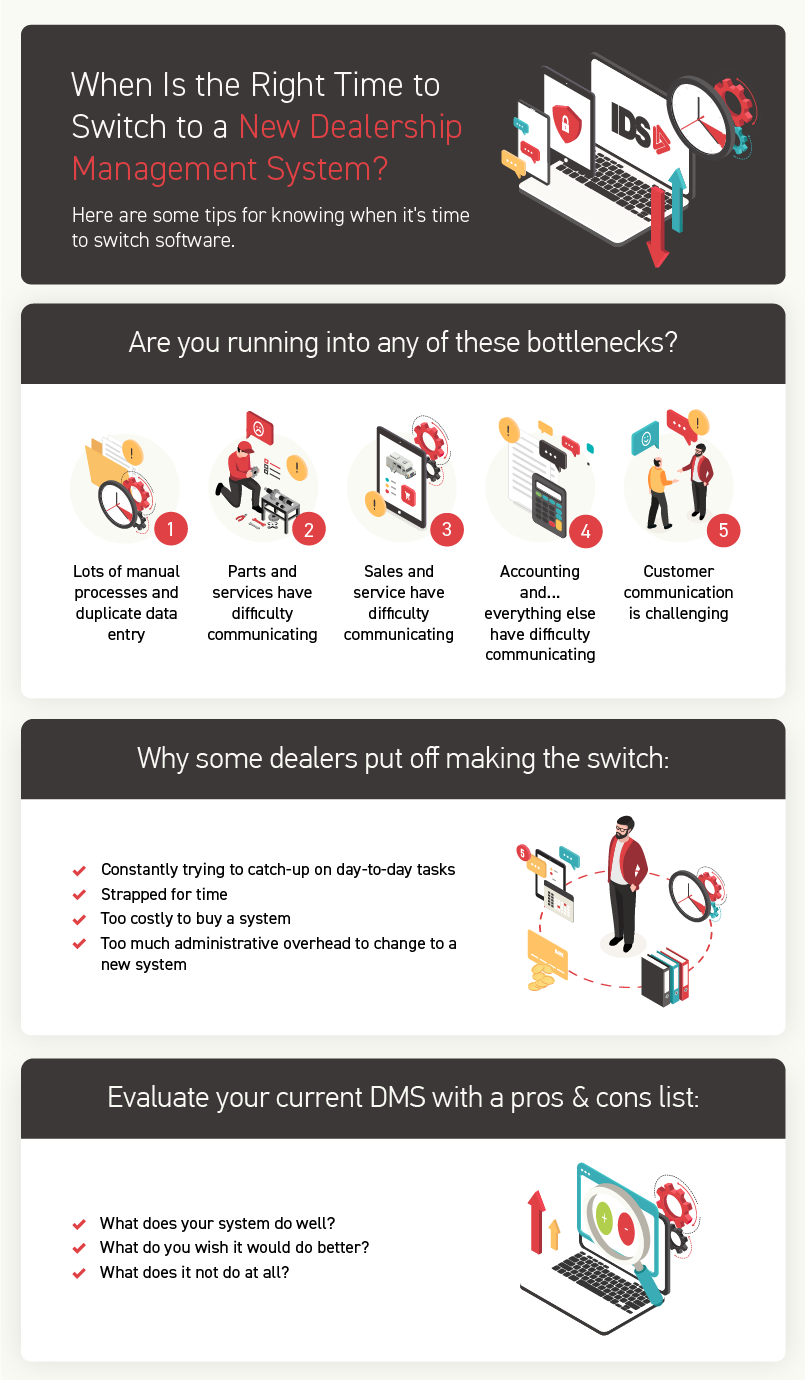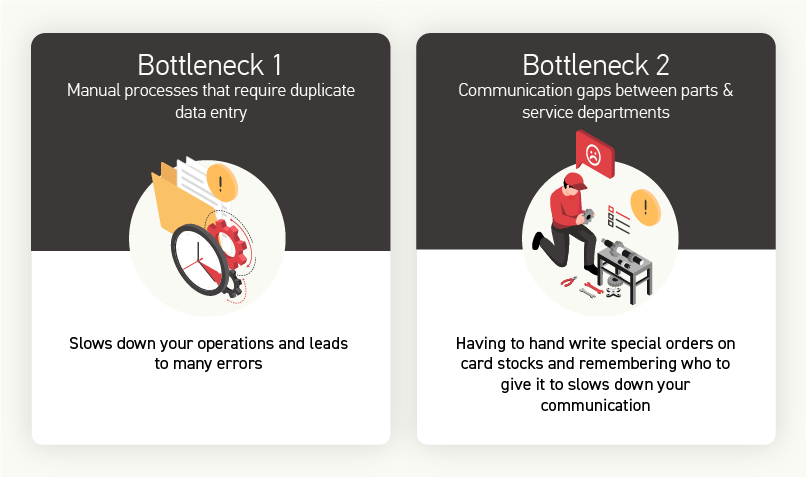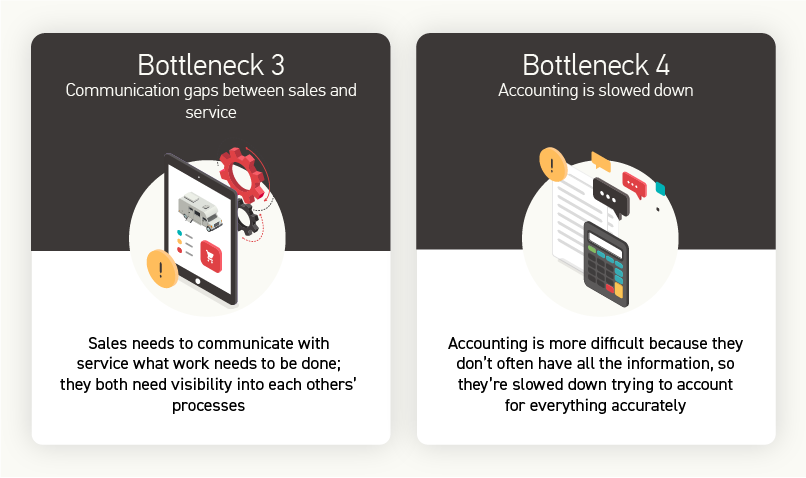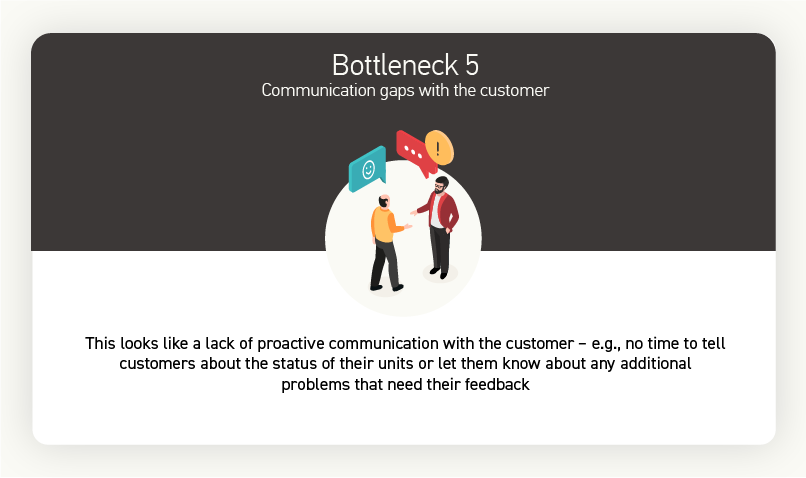Don’t miss out!
Get the latest resources sent directly to your inbox.
If you’re thinking about changing dealership management systems (DMS), you’re not alone. Many dealers realize that their manual processes or non-industry-specific software create inefficiencies and hold back growth. But switching your DMS can seem like an overwhelming task… so, when is the right time?
Odds are, if you’re thinking about this issue, that’s a sign that you’re ready to change now.
In this article, leveraging the insights of Allison Miller, dealership management expert at IDS, we’ll explore the most common indicators that it’s time to upgrade your software. We’ll also dive into why some dealers put off making this switch, which are often mistakes that unnecessarily hold your business back.

Consider the following,

In other words, if you acted in the past to upgrade your technology, you’d likely be in a better place now. But since you can’t go back in time, you can do the second best thing: act now. In the future, you’ll likely thank your past self for making the change.
Still, you might not be convinced that you’re ready to switch dealership management systems.
In general, if you’re dealing with issues like:
then those are good indicators it’s time to switch to a new dealership management system.
More specifically, you might find that you run into at least one of these bottlenecks:

Why wasting time doing the same work twice? Dealership data should be easily accessible without requiring duplication. So, look for a system that can automatically capture and share data between departments, rather than your sales and accounting teams.
For example, data entry is duplicated when your teams put the same information into different platforms.
Employees can get frustrated, and you can create a poor customer experience when parts and service departments aren’t on the same page. For example, you wouldn’t want to offer service to a customer without knowing whether you have the right parts in stock.

Sales and service departments also need to be on the same page. For example, service teams need to be prepared for work orders based on units the sales team sells. If there are communication gaps, that can lead to service delays, which can also hurt customer experience.
Too often, accounting teams don’t have the right information readily accessible. They’re wasting time hunting down purchase orders and invoices, when they could be spending time finding revenue-generating opportunities that help your sales team, for instance.

If you’re always reactive to customer issues, rather than being proactive, that could mean you’re ready to switch to a new dealership management system. Customers shouldn’t have to check in with you about the status of their orders, for example. You should have the information ready to be able to reach out to them first and keep them updated.
Even if you recognize these bottlenecks, you might put off switching dealership management systems (DMS) because you’re strapped for time.
If you’re constantly playing catch-up on the day-to-day aspects of operating your dealership, changing dealership management systems can seem like something you’re not ready to tackle.
However, having limited bandwidth is a huge indicator that you’re ready for a change. You need to break the cycle of being too busy to improve your business.

Putting a little extra effort into planting that tree can bear fruit later on. That’s because a modern, cloud-based dealership management system can save you time and money once it’s in use.
For example, inventory management can be time-consuming and error-prone, unless you have a strong dealership management system in place.
Three Way Campers, an RV dealer in Marietta, GA, uses IDS to manage all their new and used inventory.
“It makes it real easy for us to print out paper copies for the salesman to use when they’re out on the lot. They can look down and reference what we have in inventory with all the information that’s needed.”
– Jeff Porter, co-owner of Three Way Campers.
Another reason some people postpone changing dealership management systems is the cost. But you should think of it as an investment in your business.
A good system can help you easily stay on top of sales opportunities, like knowing which customers have reached the prime five-to-seven-year window from when they first made a purchase.
Follow up with these customers, and there’s a good chance you’ll reach people ready to buy again, notes Sara Hey, VP of Business Development at Bob Clements International.

And while dealing with the administrative aspect of switching dealership management systems isn’t exactly fun, it’s crucial for setting your businesses up for success.
Especially if you want to grow your business, such as by adding dealerships, you need to get organized and have integrated tools to manage all your departments, like sales, service, and accounting.
To decide if you’re ready for a new dealership management system, make a pros and cons list of your existing system.

On the pros side, list what your system does well and what you like about it. On the cons side, you can explore areas where you wish your system would work better and things it lacks capabilities entirely.
From there, you can compare these pros and cons to what a new system offers. You might find that the efficiencies and other opportunities gained from changing dealership management systems outweigh the downsides, like the initial investment of time and money.
Want to see what a dealership management system like IDS can do to improve your business?
Take an online tour of the platform at your own pace.
Get the latest resources sent directly to your inbox.